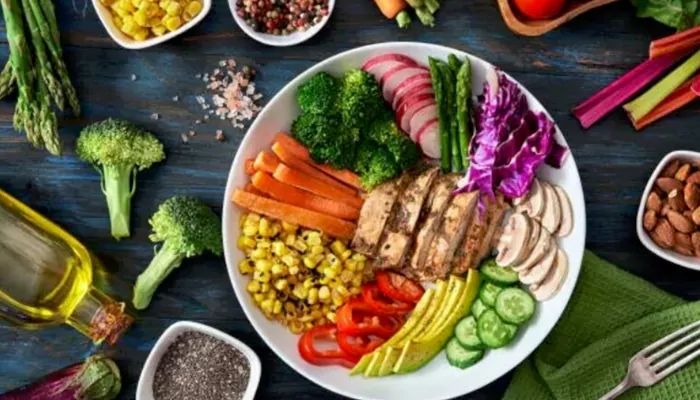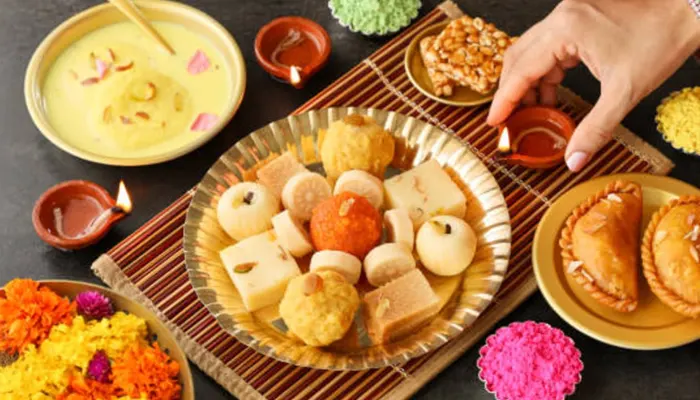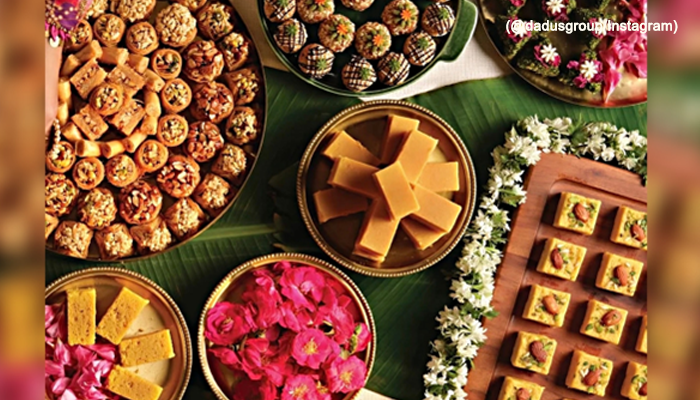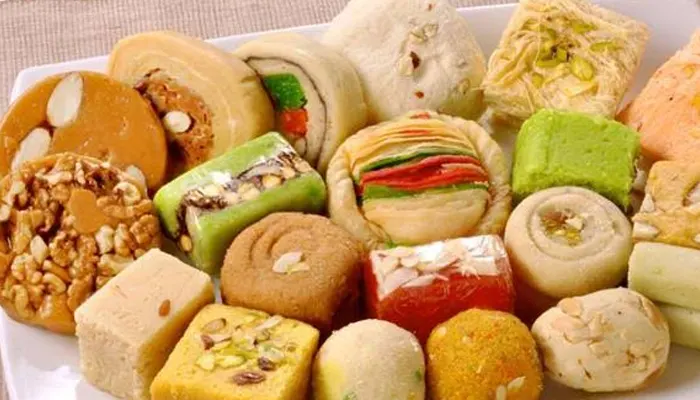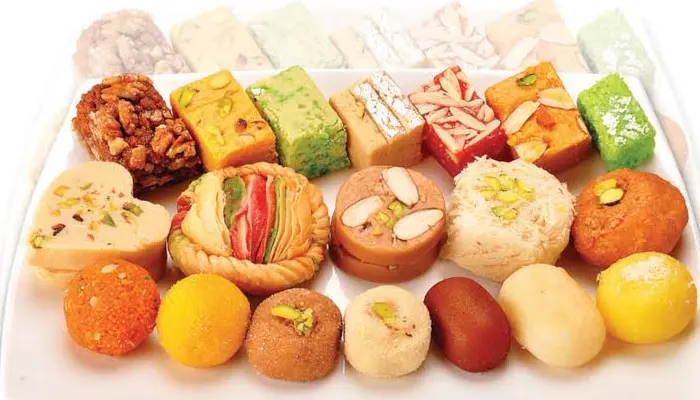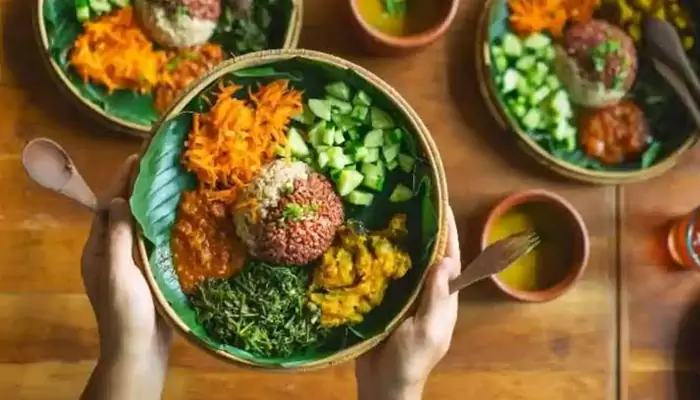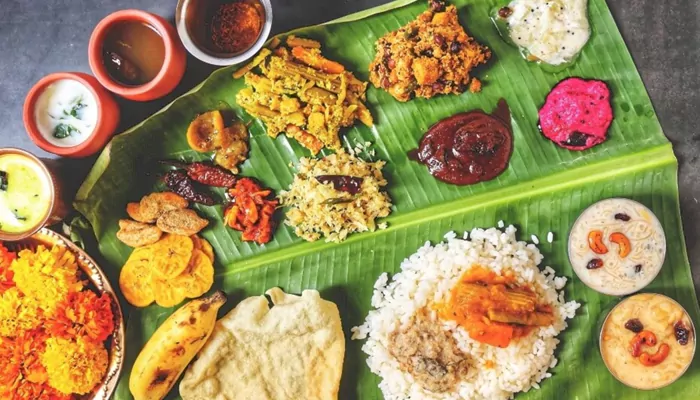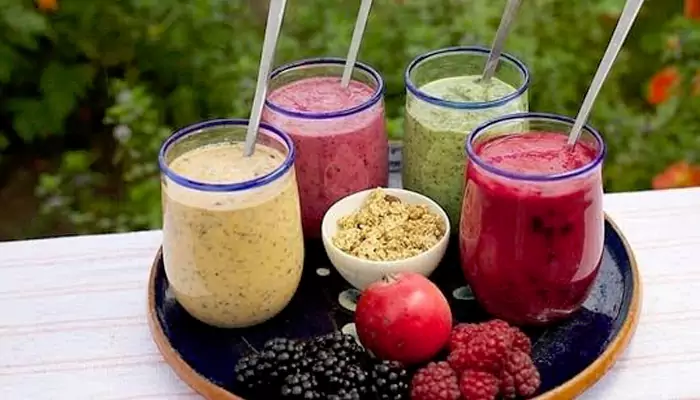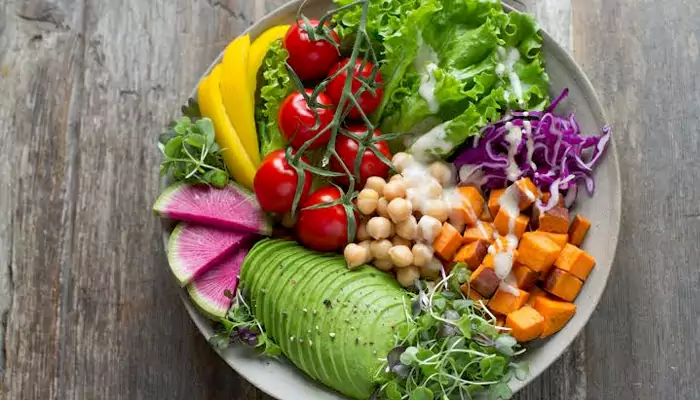
As much guilt we might feel for choosing it, nothing tastes as good fried food. And here’s why
Let’s face it: there’s something irresistibly delicious about fried food. Whether it’s the crispy exterior of fried churros, the golden crunch of French fries, or the light, airy batter on tempura, fried foods have a way of making our taste buds sing. And anyone who cuts out fried food from their diet, good for you. But you cannot deny the fact there’s very few food that comes close to the taste of deep fried food.
But why do these crispy treats taste so darn good? Let’s dive into the science and the flavors that make fried food so appealing.
The Magic of Maillard Reaction
First up, we have the Maillard reaction. This is a chemical process that happens when proteins and sugars in food react under heat, creating those beautiful brown, crispy surfaces we all love. It’s what gives fried food that signature golden color and a rich, complex flavor profile. Imagine the crust on a perfectly fried pakoda or the golden brown of a donut—it’s all thanks to the Maillard reaction. This reaction is responsible for the deep, savory flavors and the delightful aroma that fried foods produce, making them so addictive.
The Perfect Crunch
There’s something about the crunch factor that fried food brings to the table. The crispy texture of fried foods is a product of the cooking process. When food is submerged in hot oil, the moisture inside it evaporates quickly, leaving behind a crispy, crunchy crust. This texture is not just satisfying to the palate; it also triggers a pleasurable sensory response in our brains. The crunchiness of fried foods is like a textural symphony, adding a delightful contrast to the soft and tender interiors.
Fat: The Flavor Carrier
Let’s talk about fat. Oil is not just a cooking medium; it’s a flavor enhancer. When food is fried, it absorbs the fat, which carries and enhances the flavors of the ingredients. The fat in fried foods helps to dissolve and distribute the fat-soluble flavors, making them more intense and enjoyable. Plus, fat has a way of coating our taste buds, enhancing the overall flavor experience. That’s why fried foods often taste richer and more satisfying than their non-fried counterparts.
The Comfort Factor
There’s also a psychological aspect to why fried foods taste so good. Fried foods are often associated with comfort, indulgence, and happiness. Think about the last time you bit into a crispy piece of fried fry or savored the first bite of a French fry. There’s a reason why fried foods are often linked to memories of family gatherings, fun outings, or special treats. This association with joy and comfort makes fried foods even more appealing, tapping into our emotional connections with food.
The Variety and Creativity
Fried foods come in all shapes and sizes, making them incredibly versatile and fun to eat. From the classic chips to exotic delights like tempura or churros, the possibilities are endless. This variety allows for endless creativity in the kitchen, making fried foods not just delicious but also exciting. Whether you’re into the spicy kick of wings, the savory goodness of a crispy samosa, or the sweet crunch of a deep-fried donut, there’s something for everyone.
A Cultural Staple
Finally, fried food has a universal appeal that spans cultures and cuisines. Every culture has its own take on fried food, whether it’s the Japanese tempura, the American fries, or the Middle Eastern falafel. This global love for fried food is a testament to its irresistible taste and texture. It’s a culinary tradition that brings people together, transcending borders and bringing joy to tables worldwide.
So, why do fried foods taste so good? It’s a combination of science, texture, flavor, and tradition. From the Maillard reaction and the crunch factor to the flavor-enhancing properties of fat and the emotional comfort they provide, fried foods have a special place in our hearts and on our plates. Hate it or love it, taste for fried food remains unparalleled.

